Hey there,
-----
UPDATE
I have written a detailed insider perspective on the McKinsey case interview here: https://www.preplounge.com/en/mckinsey-interview
-----
Focus on the specific question asked by the interviewer. Since the McKinsey case is a succession of questions there is no need to boil the ocean but rather give a targeted answer to the question at hand. The interviewer will anyway lead you through the case afterward and you have a chance to touch on other points should they come up.
In your example, I'd recommend going with the first option since that would
- answer the question you have been asked
- is actionable and something the client could exert some control over
Your goal should be to come up with a tailored and creative answer that fits the question. It should contain three elements
In order to come up with an answer like this, take time! In a McKinsey interview, you can take up to 2 minutes to draft your structure, IF the structure you come up with is strong and
- a. hits all the key points that the firm wants to see and
- b. is communicated in the right way.
A big issue I see with coaching candidates is that they take too little time to structure their thoughts because they feel pressured to be quick rather than exhaustive and creative.
An additional 30 seconds can often make the difference between a bad structure and a good one or a good one and an excellent one. So my battle-tested advice is to get rid of this time pressure mindset, especially in a McKinsey interview.
Also different from other firms, you can take up to roughly 6/7/8 minutes to present your structure, your qualification, and hypotheses. This is due to the interviewer-led format that McK employs. The firm wants to see exhaustive and creative approaches to specific problems, which more often than not do not fit into the classic case interview frameworks that were en vogue 10 years ago (similar to what you recommended as your second, more general approach to the question above).
Again, this only applies if everything you say
- adds value to the problem analysis
- is MECE
- is well qualified
- includes a detailed discussion of your hypotheses at the end
The difference in format and way of answering a question is the reason why I recommend preparing very differently for McK interviews vs. other consultancies.
Cheers,
Florian
(edited)




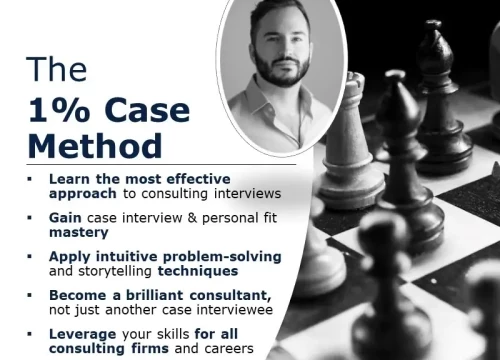



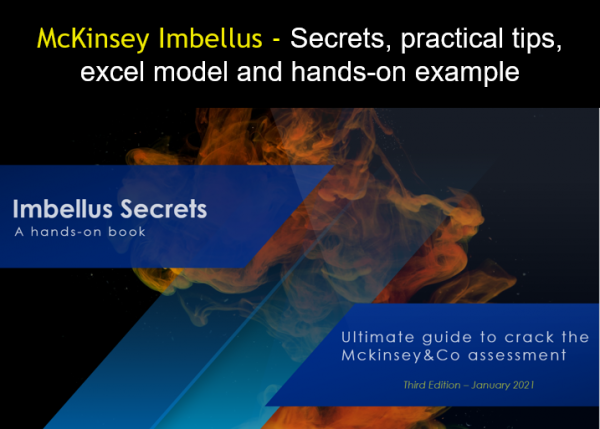
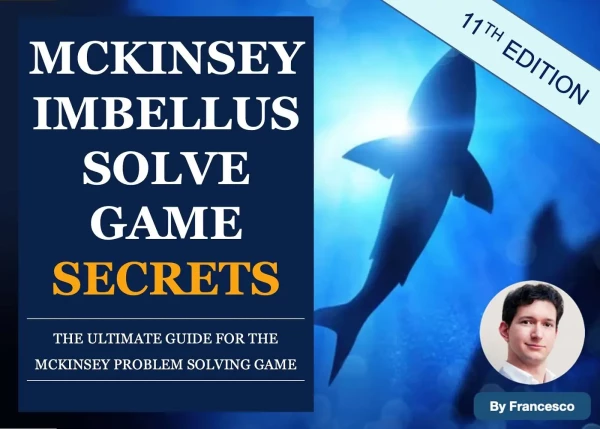
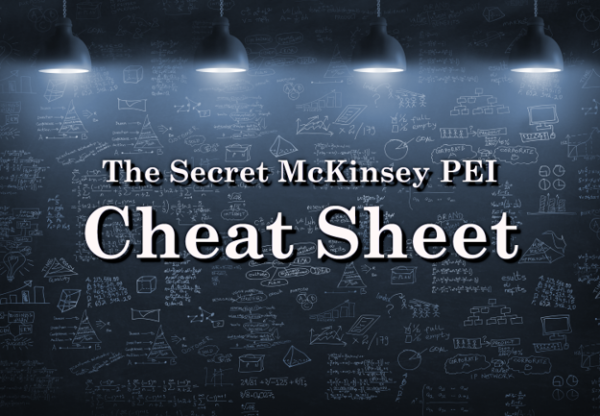
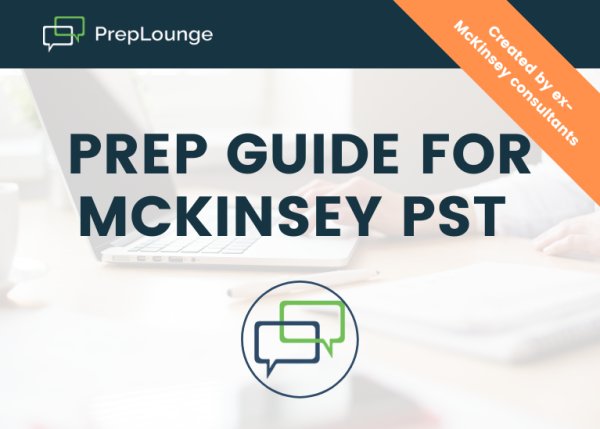
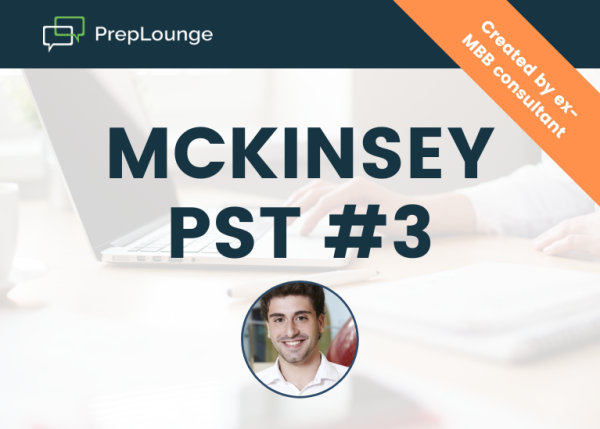
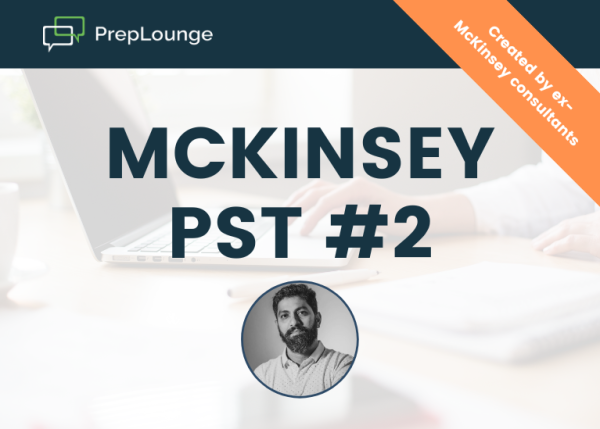
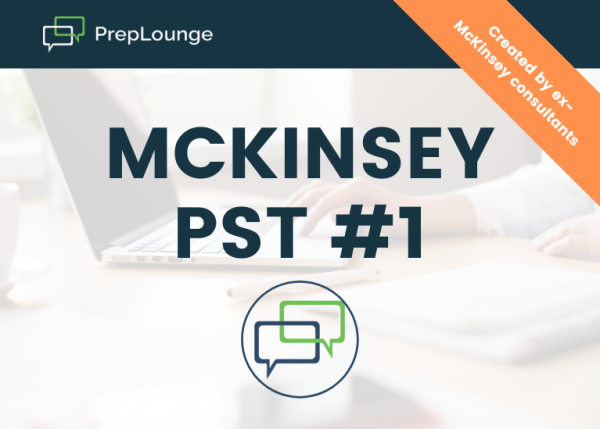
First, thank you so much for a detailed reply. With my interview, I presented a Revenue - Cost framework since it was a profitability concern. The client wanted to know how they could improve 5 years into the future so I took the time period into consideration. The company was also fully integrated so that impacted my costs a great deal. All in all, I had around 14 ideas of revenue increase and cost decrease at a high level, e.g. change price based on associated price sensitivity of our target customer segments (these are the sort of statements I was saying) and in some cases where I felt major impact could have been brought I expanded further e.g. Product innovation, the tech products industry is fast on innovation, our client over the next 5 years will likely need to stay ahead of the market by innovating on existing products or introducing new products all together. My interviewers concern was that I jumped into stating the ideas but did not tell him how I am validating them e.g. he wanted me to say I would like to first look at market dynamics and segment geographically (world wide company) and then based on key locations I would do XYZ (this is just as an example). Really he wanted me to solve the overall problem not just give him good ideas, although he did pressure test me there by asking what else maybe 4-5 times. Because of this I'm a little confused, should my structure be one to solve the OVERALL problem or just state the solutions / factors, and secondly, how long can I really take to go though this because 25+ ideas overall will take more than a minute or two for sure?
+1